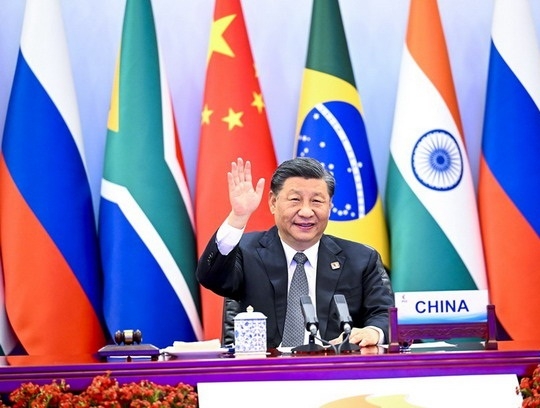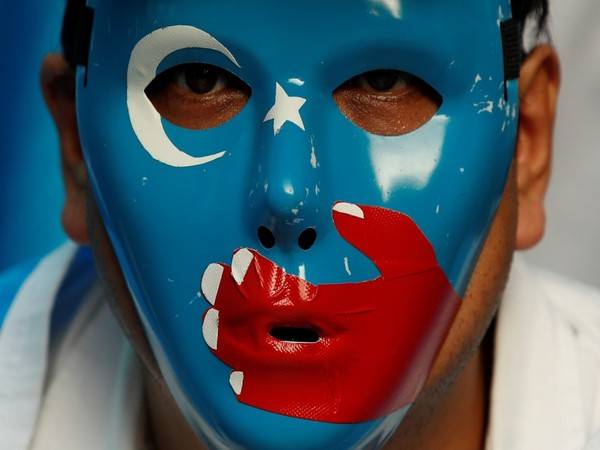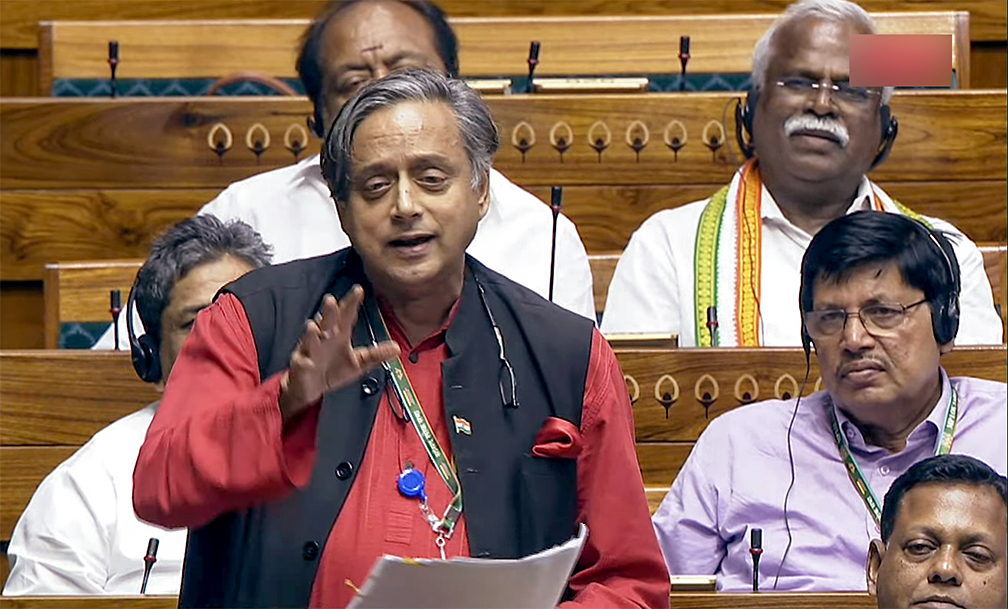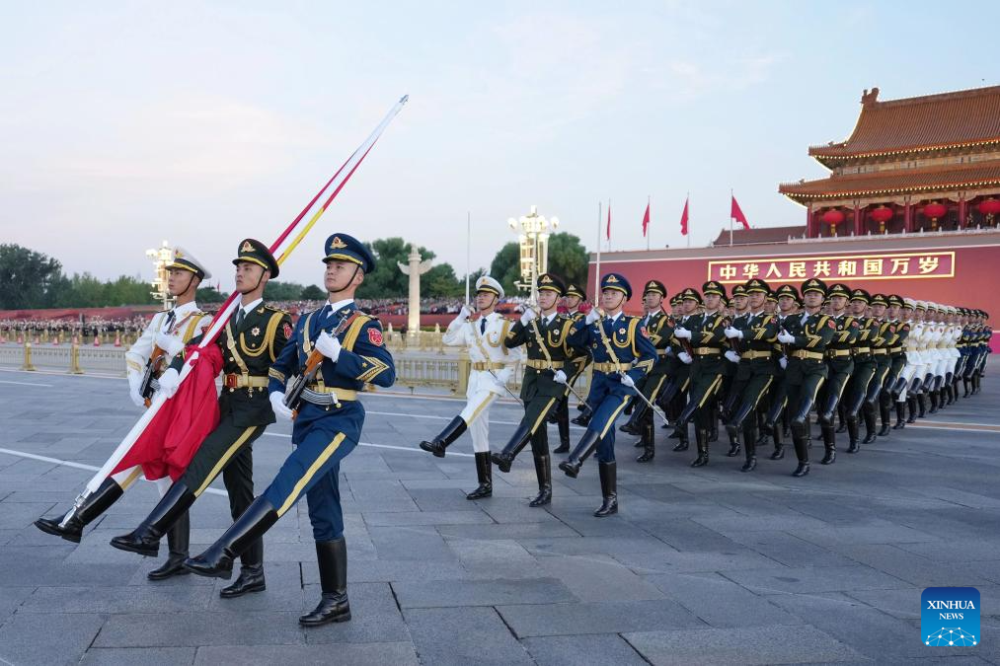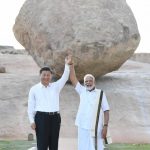BRICS is presented as a significant player in this multipolar scenario, while NATO is depicted as a Cold War leftover, excessively aggressive, and a source of global instability, writes Dr Rajesh Sharma
The Chinese government is actively trying to undermine NATO as the defence alliance shifts its focus towards the Asia Pacific, addressing the menace posed by the People’s Liberation Army (PLA). Following the recent NATO summit, China Military Online, the PLA’s official English news portal, stated, “Despite US Secretary of State Blinken describing the NATO Summit held on July 9 in Washington, D.C. as ‘the most ambitious summit since the end of the Cold War’, the organization, which has been around for 75 years, is facing significant internal and external challenges.”
The Chinese Communist Party (CCP) is employing tactics of misinformation to sway public sentiment towards the BRICS, led by China, and against NATO. Their objective is to contest the supremacy of the West and establish their own global order. BRICS, an international body consisting of Brazil, Russia, India, China, and South Africa, has expanded its membership to include Iran, Egypt, Ethiopia, and the United Arab Emirates (UAE) as of 2024.

Influencers of the CCP, state-regulated media, the “wumao” or 50 Cent Army, and automated bot accounts are vigorously disseminating propaganda on social media platforms. Their objective aligns with the CCP’s goal to supersede the United States as the leading economic, military, and diplomatic force. Lately, there has been a noticeable increase in efforts to portray BRICS as wealthier, more influential, and stronger than the Group of Seven (G7) and NATO.
BRICS, essentially a tool for the Chinese Communist Party (CCP) to bolster its influence and challenge the US, is portrayed in pro-BRICS messaging as a symbol of a multipolar world. In this depiction, power is shared among various global centres, unlike the Western-dominated NATO. BRICS is presented as a significant player in this multipolar scenario, while NATO is depicted as a Cold War leftover, excessively aggressive, and a source of global instability. NATO acknowledges being targeted by CCP’s disinformation campaigns aimed at undermining its unity. Conversely, BRICS is portrayed as a peaceful, cooperative group that respects sovereignty.
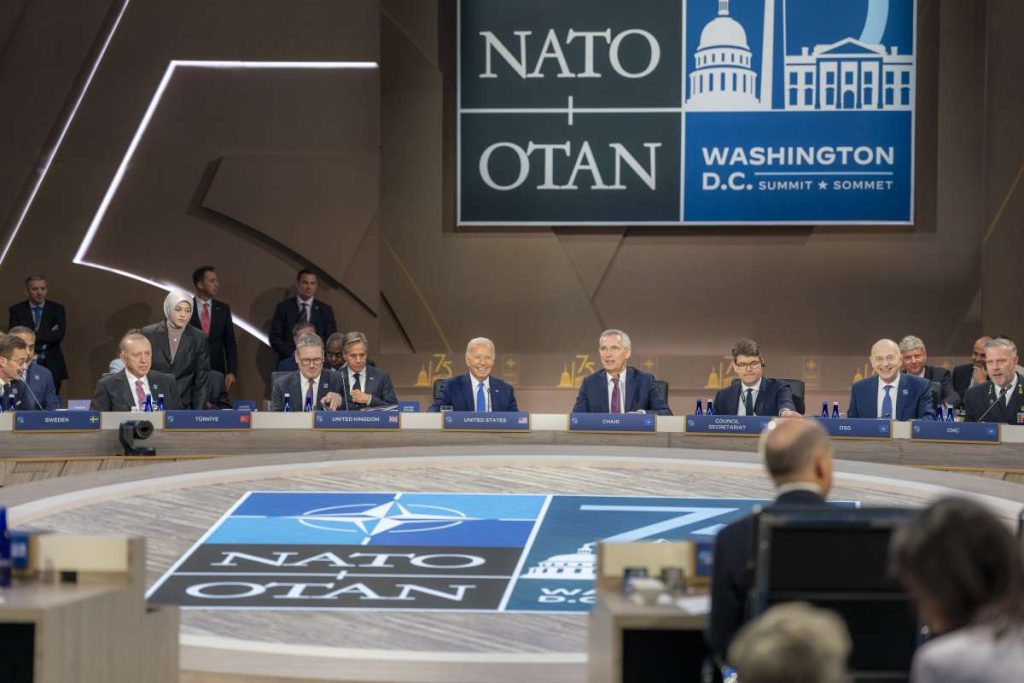
The Global Times, a CCP-backed outlet, claims NATO’s involvement in the Russia-Ukraine conflict could spark a global war. The CCP’s propaganda paints NATO’s actions as disturbing regional peace and meddling in Russia’s affairs. This narrative is tied to the international support for Taiwan, seen by the CCP as a breach of China’s sovereignty.
Propaganda often emphasizes BRICS for its economic collaboration and potential to establish a financial system alternative to the IMF and World Bank, dominated by the West. However, due to economic disparities and hesitance to relinquish national currencies, BRICS is merely a coalition without a free trade agreement or shared currency. It lacks a central bank, crucial for a common currency, and its only institution is the New Development Bank, a predominantly dollar-denominated development bank steered by China.
While the CCP encourages nations to distrust the US and NATO, recent wumao activities assert that BRICS possesses a stronger military than NATO. This claim is paradoxical as BRICS lacks defence agreements, unlike NATO, a defence alliance. The US, on its own, has greater military strength than either Russia or China, and its alliance with NATO nearly doubles this power. The US also maintains military bases in Saudi Arabia and the UAE and is enhancing its defence cooperation with India, a participant in the Quadrilateral Security Dialogue aimed at countering China’s aggression in the Indo-Pacific. These realities question BRICS’ portrayal as a military and diplomatic powerhouse.

NATO’s strength lies in its close ties with the G7 and the European Union. Many NATO countries are also part of the EU, enhancing its diplomatic and economic influence and expanding common interests. The G7, comprising some of the world’s largest economies, facilitates joint economic strategies and sanctions against China, Russia, and Iran. This alliance, coupled with the EU’s Common Security and Defence Policy, bolsters NATO’s military prowess and promotes cohesive responses to security threats, including those from the CCP. The combined diplomatic influence of NATO, the G7, and the EU covers a vast global area. The CCP’s efforts to undermine these Western alliances indicate Beijing’s awareness of BRICS’ comparative insignificance.
The CCP’s disinformation campaigns aim to sway public sentiment towards BRICS and away from NATO, especially in strategically crucial regions like Africa, Latin America, and Asia. This is evident in China’s emergence as a leading arms supplier to Africa and its growing influence in Latin America. The CCP employs military diplomacy to discourage nations from aligning with or supporting NATO, with the goal of curbing the alliance’s expansion into Asia. China is already a significant arms provider to heavily sanctioned Asian nations such as Burma (Myanmar) and is striving to increase arms sales to countries like Indonesia and other current and potential U.S. allies to create discord and undermine the cohesion of Western alliances.
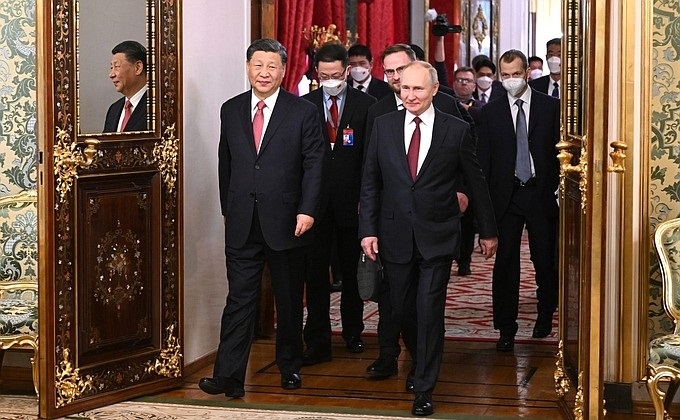
This social media activity is part of a broader geopolitical rivalry in which the CCP seeks to challenge Western dominance and promote its governance models. This use of social media is a key component of modern information warfare, in which winning hearts and minds is as crucial as traditional military engagements. By leveraging these tactics, the CCP aims to erode trust in Western institutions and reshape the global balance of power to its advantage.


